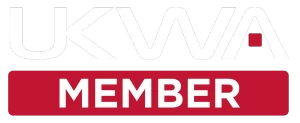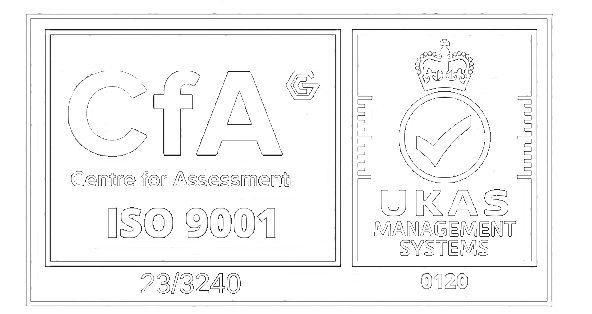Green Laning: What it is and how it works
- Published:
Reading Time: 3 minutes
Share this article
On February 19 2024, by Andy Mead
Explore more: Experiences & Industry Insights | Case Studies | Testimonials
Being ‘green’ is now second nature to most of us, and increasingly businesses want their customers to know that they operate sustainably. Ten years ago, ‘green’ was more of a nice to have than a must have, and plenty of so-called ‘green-washing’ went on – namely, activity that made you look good, but didn’t necessarily mean anything.
For The Finishing Line, our vision has always been to find ways of delivering value to our customers, so that introducing our concept of ‘Green Laning’ ten years ago wasn’t so much about how virtuous we were, but how innovative we could be, saving customers’ money while helping save the planet.
Green Laning was and still is aimed at reducing unnecessary movements in the supply chain, reducing miles on the road, shortening delivery windows, and saving costs – all of which happily coincides with being greener.
Previously, magazines, once finished, would be shipped up the motorway to a Midlands hub, consolidated with other magazines, only for 40% of them then to be shipped back down to London and the South East. In a market with declining volumes, this made absolutely no sense, so our concept was to take advantage of the volumes we were handling here in Basildon, consolidate them onsite and send them directly to wholesale hubs.
This simple move has cut thousands of miles over the years, saving significant costs, and reducing our carbon footprint. It has also delivered competitive advantage for our business and clear benefits to the collaborating distributor.
From a customer perspective, we’re not only reducing carbon emissions, but we’re creating more time in their supply chain, so publishers have longer to work on their magazines. Shaving off a day or two from the transportation process also provides a valuable buffer against other potential supply chain delays, whether at manufacturing stage or somewhere in the Red Sea.
Green Laning works for any bulk distribution, not just for publishing. It ticks all the boxes. It’s environmentally sound, cost-effective and impacts positively on the supply chain. For The Finishing Line and for our customers, it’s a win-win.
Here at Finishing Line, we always want to provide a comprehensive insight into the most prevalent and current trends surrounding the fulfilment industry in 2024, giving you a new perspective of the market, while sharing the best fulfilment practices that other eCommerce companies are now exploiting that you too should be taking advantage of and applying within your own business.
If this article has been an insightful read, feel free to sign up to our email newsletter below to gain more industry insights that we at Finishing Line can provide you, with 35+ years of experience. Check out our services; ecommerce fulfilment, returns management, contract packing, warehouse management.
Please get in touch with us, send a live chat message, or call +44 (0)1268 498 950
Send us your direct enquiry via email:
Was this article helpful? Share with your network below

Managing Director

Contract Packing and
multichannel fulfilment:
Finishing Line Established 1987.
The Finishing Line ltd,
Unit DC1, Prologis Park,
Honywood Road,
Basildon, SS14 3TS





Co. registration number: 02120683 | © Copyright 2025 The Finishing Line | All rights reserved